Out there since the mid-1950s, the Mercedes-Benz SL has been a staple post-WW2 sports car for Stuttgart’s automaker. Deeply rooted in motorsport, the roadgoing SL was born by taming a Le Mans-winning 300SL race car and from there, it branched into two categories.
First, there was the über SL, a lineage of front-engined supercars that started with the iconic 300SL Gullwing and continued through the SLR McLaren, the SLS and the AMG GT. The other one, a topic of this article, was a more sensible family of mass produced sports cars carrying the SL badge with pride.
Even though each SL has always been one of the finest roadsters money could buy, not all of them left the same impact and the dynasty has had its highs and lows. In wake of the introduction of the all-new AMG-developed SL which promises to bring new life to the struggling name, we will rank all Mercedes-Benz SL models from worst to best. So, let’s go!
7th Place – R232 SL (2022- ) Exempt From Competing
It’s no secret that the SL has had it rough in the past few years and the 2022 Mercedes-AMG SL is set to spin the wheel of fortune for the long-running dynasty. Officially named R232, this power roadster was developed by AMG, ensuring a much needed injection of fun to the nameplate that has fallen from grace in recent years. Its design follows the vision behind it, with the R232 looking sharper and more dynamic than its predecessor, hinting that the SL wants to restore its former glory of an exclusive, technologically advanced driver’s car.
Upon introduction, purists cheered at the notion of the SL keeping V8 power under its hood while also getting a rag top, yet on the other hand, the internet was quick to boo the entry-level 2023 SL 43 powered by an inline-four. Still, the four-banger has a lot to offer, producing 318 horsepower and 353 lb-ft of torque, in part thanks to using the F1-derived electric exhaust gas turbocharger, for the first time in a production car.
For those inclined towards a more traditional SL experience, the SL 63 and SL 55 both offer a 4.0-liter twin-turbocharged AMG V8 tuned to produce 577 and 469 horsepower respectively. The R232 SL has garnered nothing but positive reviews, exactly what Mercedes-Benz needed, but it’s still early to find it the definitive place in history.
6th Place – R231 (2013-2020) – What SL?
First off, let’s say that this Mercedes-Benz SL is not a bad car per se. However, if you can’t remember seeing this car in flesh or if you are completely oblivious to its very existence, we can’t blame you, because the R231 SL was definitely the least present and the least recognizable of them all. But why is that so?
In short, it was a cannibalistic in-house competition that got the SL to its lowest point ever. Stuck in the middle between the ultra-capable AMG GTC roadster and the opulent S-Class Cabriolet, the R231 SL was struggling to get its market share, especially with the younger audience. Moreover, despite all weight reduction compared to the previous generation and regardless of Mercedes-Benz keeping the V12-powered SL65 AMG version, the R231 SL was universally perceived as a sedated cruiser.
So, just like the R107 in the late 1980s, it was a go-to car for well-off retirees, a loyal but hardly ideal clientele. Unlike the R107 though, the R231 never shined as an SL, and as such it occupies the last place on our list.
5th Place – W121 190SL (1955-1963) – The Boulevardier
A baby version of the 300SL Roadster, the W196 190 SL was a cheaper ticket to the Sport Leicht show, but at what cost? Unquestionably, the 190SL was drop-dead gorgeous, sharing many design cues with its bigger sibling, but a glimpse underneath the curvaceous sheet metal soon uncovered that the connection between the two was nothing but skin deep.
To save costs and keep the 190SL somewhat affordable, Mercedes-Benz built it on a W121 sedan platform, a far cry from 300SL’s purpose-built tubular chassis. The twin-carbureted inline-four engine was related to the 300SL’s fuel injected straight-six, yet it produced measly 105 horsepower, sufficient to keep it running in a respectable manner, yet not enough to make it a sports car.
Even when it was fresh on the market, the 190SL was written off as a boulevardier, lacking power to match the stunning looks. Mercedes-Benz eventually experimented with more powerful options, but none of them ever reached production, leaving the 190SL’s full potential unfulfilled.
While it could have been more powerful, the SL is regardless remembered as one of the brand’s icons and is a sought after classic with an everlasting appeal.
4th Place – R107 (1971-1989) – The Dinosaur
After the W113 Pagode wrapped, Mercedes-Benz started transforming the SL into a stately open-top grand tourer by expanding the engine palette to feature V8 engines. That being said, the third generation named R107 was the next big milestone for the SL name.
It was a result of the brand’s growth and a definitive return to the very top of the automotive industry. The R107 headlined the brand’s new design direction, sporting flush horizontal headlights and even more streamlined silhouettes than the Stricht 8 range. With a fresh face and power to match, the R107 was just the right car for the moment, but its misfortune was in what turned to be bad timing for the whole automotive industry.
The R107 might have gotten off on the right foot, but it fell victim to the big oil and safety crisis of the early 1970s. With a then-uncertain future of convertibles, many manufacturers resorted to developing T-tops or simply selling their existing drop tops. So, like many other ragtops from the era, the W107 was out there for just too long.
With chrome-or-federal bumpers in an era where cars were getting sharper and simpler, this SL nurtured the brand’s geriatric appeal all the way to 1989 and no refreshes could hide its early 1970s design. Its omnipresence during the era and a connection to soap opera characters is why the R107 now walks a thin line between an icon and a cliché, hence its place on the list.
3rd Place – R230 (2002-2011) – The New Millenium SL
A successor to the universally acclaimed R129 SL, the W230 had big shoes to fill, and to a certain extent it did. The all-new design language wasn’t everyone’s cup of tea though, and neither was the introduction of a hard retractable top, but still, the SL proudly carried the brand’s new visual identity, more organic and considerably different from previous conservative forms.
A thorough 2008 restyling gave the W230 an extra edge, as the updated fascia was more assertive than the original design, which in turn extended this SL’s market span until it was eventually discontinued in 2011. The update also brought this generation’s ultimate modern classic, the hardcore 670-horsepower twin-turbo V12-powered SL65 AMG Black Series.
Extensively lightened and made more responsive by performance wizards from Affalterbach, the SL65 Black Series blurred the line between the SL and the über-SL range. Alas, the W230 declined the SL nameplate into obscurity.
2nd Place – W113 (1963-1971) The Trailblazer
As previously mentioned, the W121 190SL was more of a shower than a goer, something Mercedes-Benz had to address for its successor in an era where the power-hungry America started demanding more than just the looks. In 1963, Mercedes-Benz presented the Stricht-8, a new, modern and streamlined range designed by Paul Bracq to become a new chapter in the brand’s post-WW2 rebirth. Among them was the second generation SL, a car radically different from the underpowered predecessor.
The Mercedes-Benz W113 got more adequate fuel injected straight-six engines displacing 2.3, 2.5 and 2.8 liters as the Pagode evolved throughout its production span. With an all-new unibody construction, bulletproof engineering and power output ranging from 150 to 170 horsepower, this SL was a capable sports car for the era, whereas Bracq’s design gave it tons of style, both with the top off and a pagoda-shaped removable hard top.
With the W113, Mercedes-Benz set the course for all future SLs and the fact that the Pagode is now a daily drivable, reliable and fun classic all makes it the second greatest SL of all time in our books.
1st Place – R129 (1989-2001) – The Great Rebirth
The R107’s long rein left consequences not only on the SL, but the whole brand’s image. To address this, Mercedes-Benz started replacing its aging line-up throughout the 1980s, rejuvenating it by introducing the W201 baby Benz, a car that aimed at younger buyers. In 1989, an all-new SL joined the ranks, spearheading Mercedes-Benz into a brighter future. The R129 was a quantum leap compared to the R107 both in terms of design, performance and technology and as such it easily set a new industry standard.
Throughout its year production span, the R129 was offered with the most diverse engine palette of all the SLs – inline-six, V6, V8 and for the first time ever, a V12. On top of it all, it has aged gracefully in every manner, from Bruno Sacco’s masterful design to crisp analog driving sensation that originally made it one of the era’s defining automobiles. Of all the SLs, the R129 is considered to be the most versatile and balanced one and the impact it made on when it was originally released defined modern-day Mercedes-Benz
To us, Mercedes-Benz R129 is the very peak of the SL class, but we would like to hear your opinion on both the 2022 Mercedes-Benz SL and all other SL cars that preceded it!
Mercedes-Benz SL Class Collective Shot


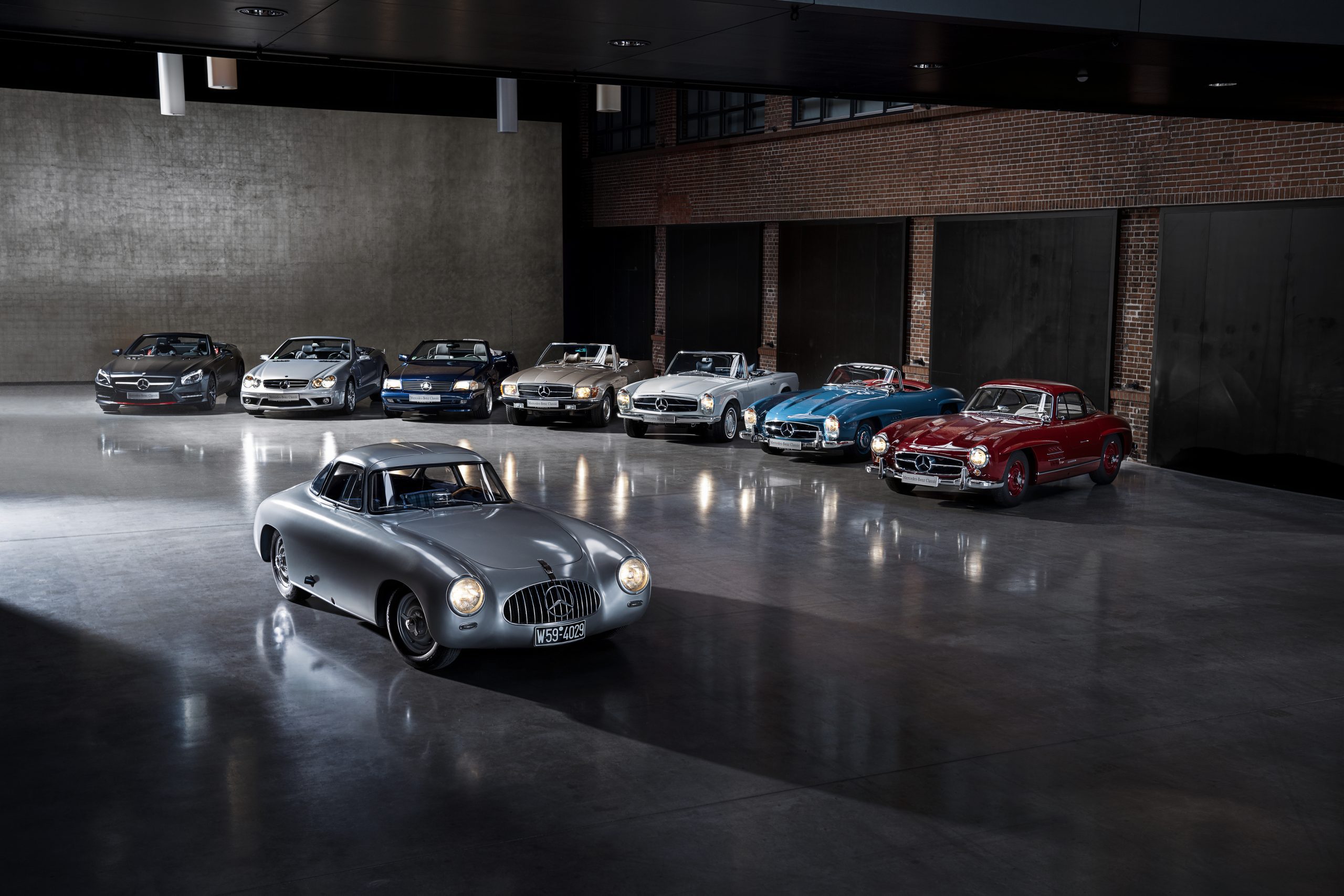
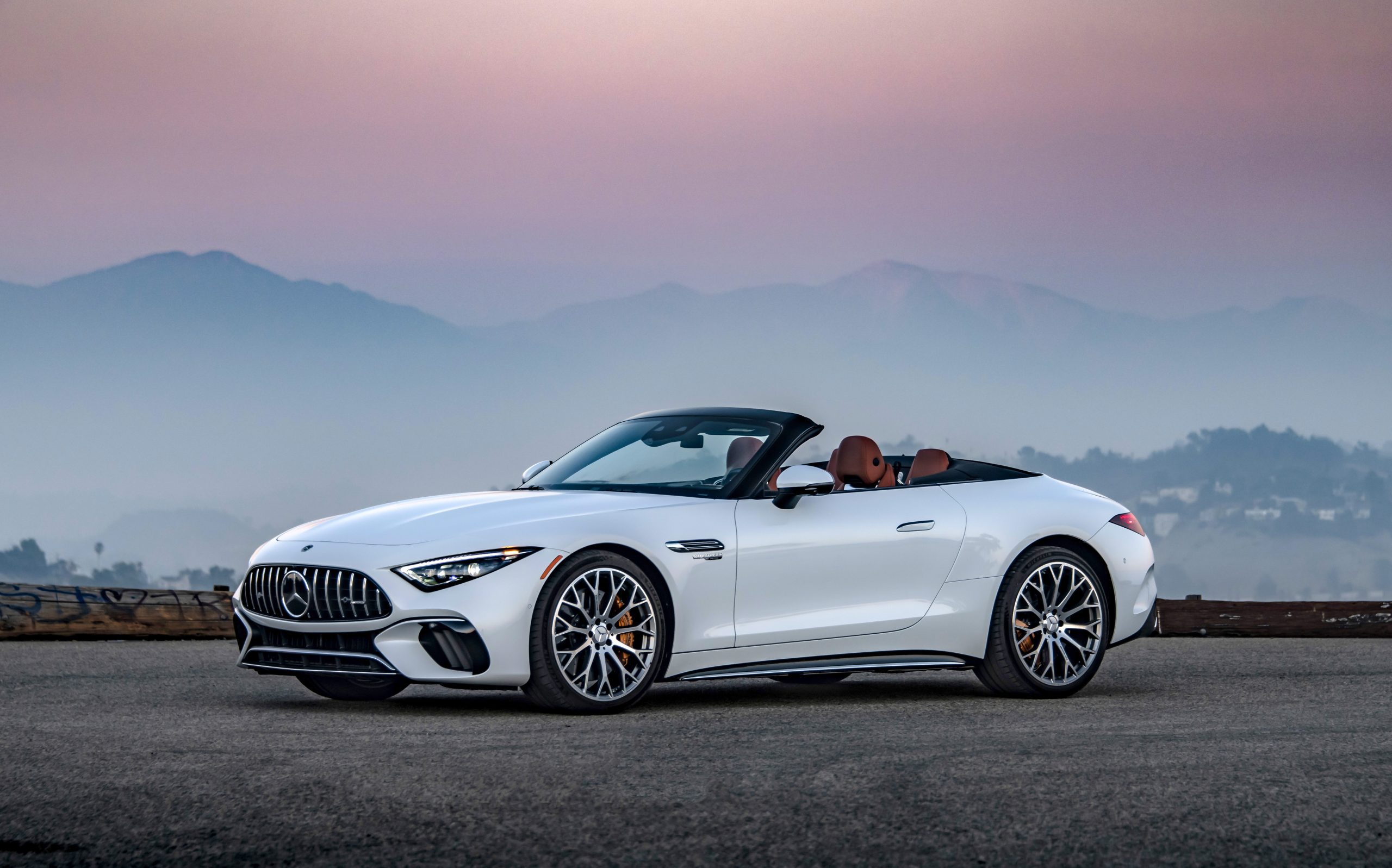






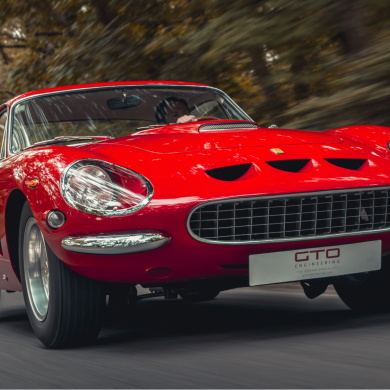
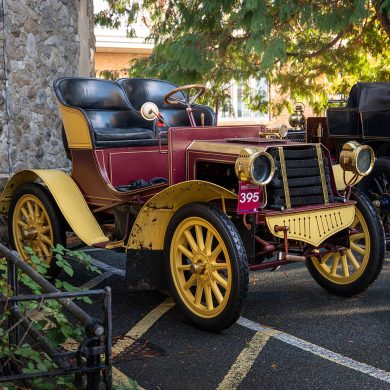
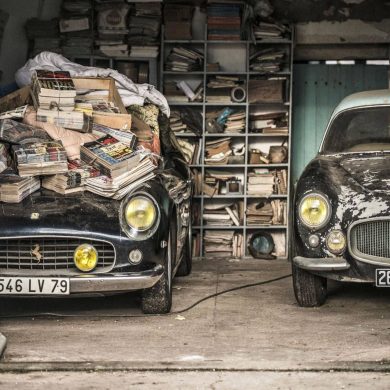
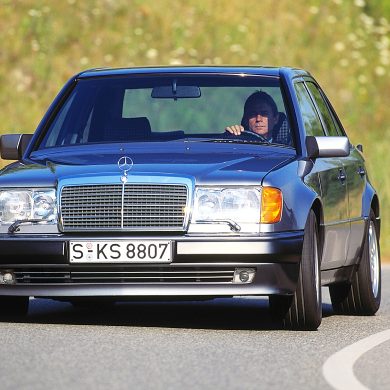
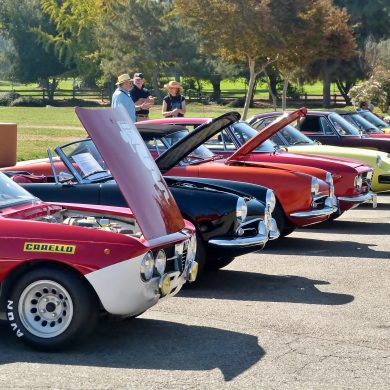


What about the 300SL roadster?